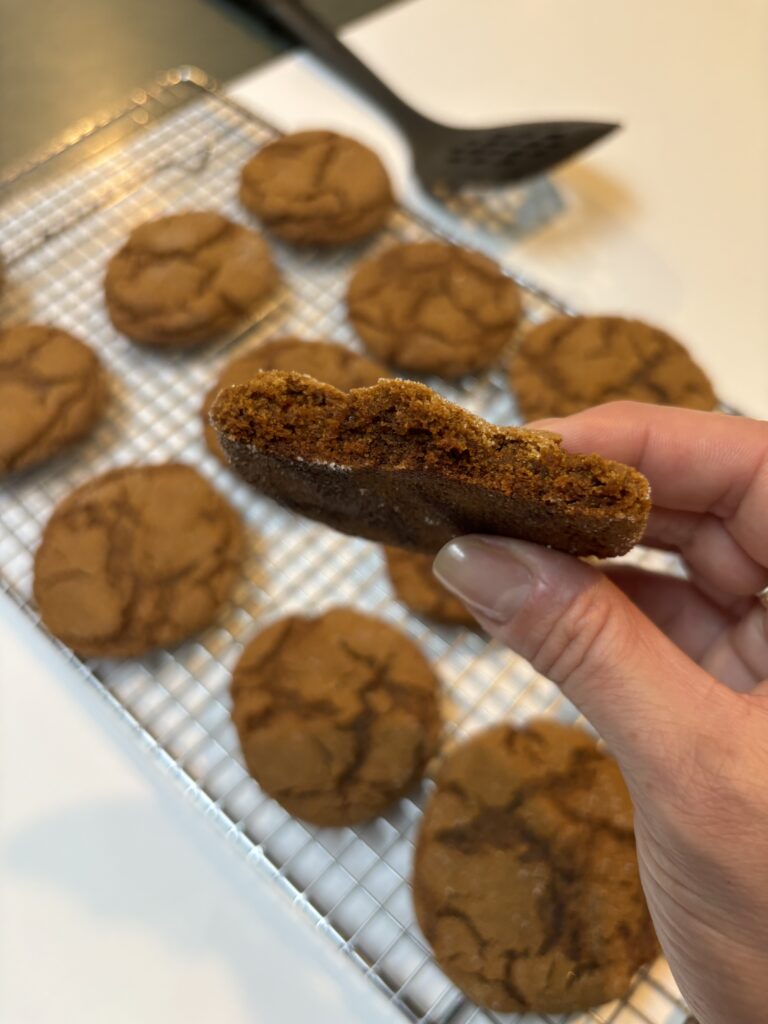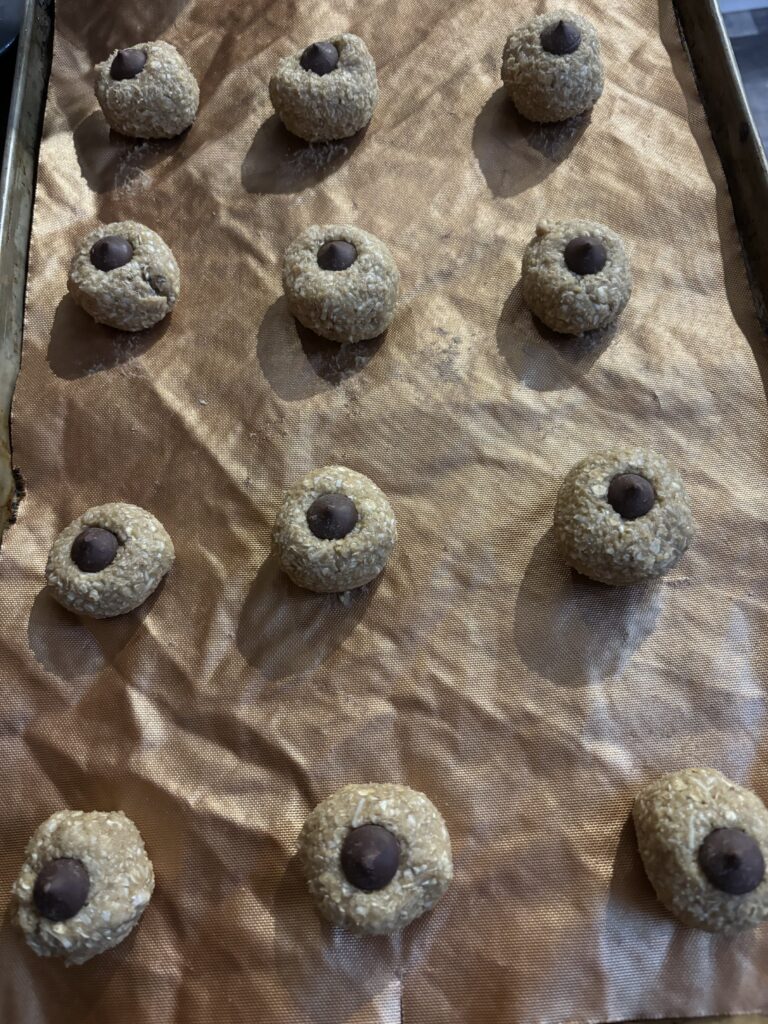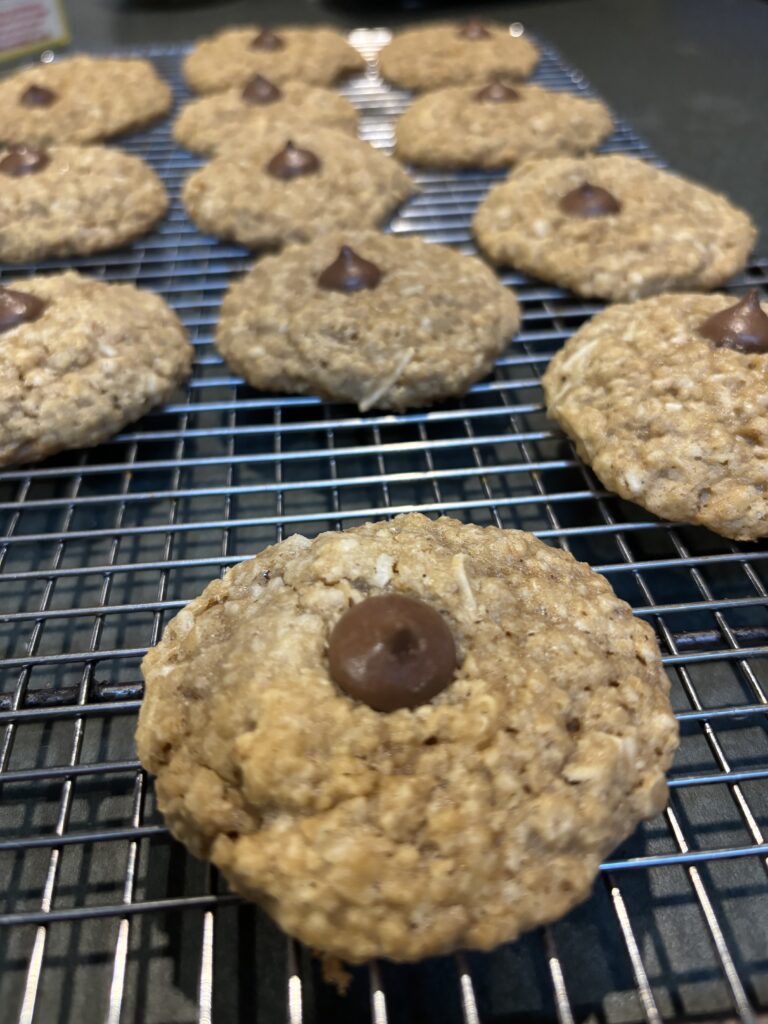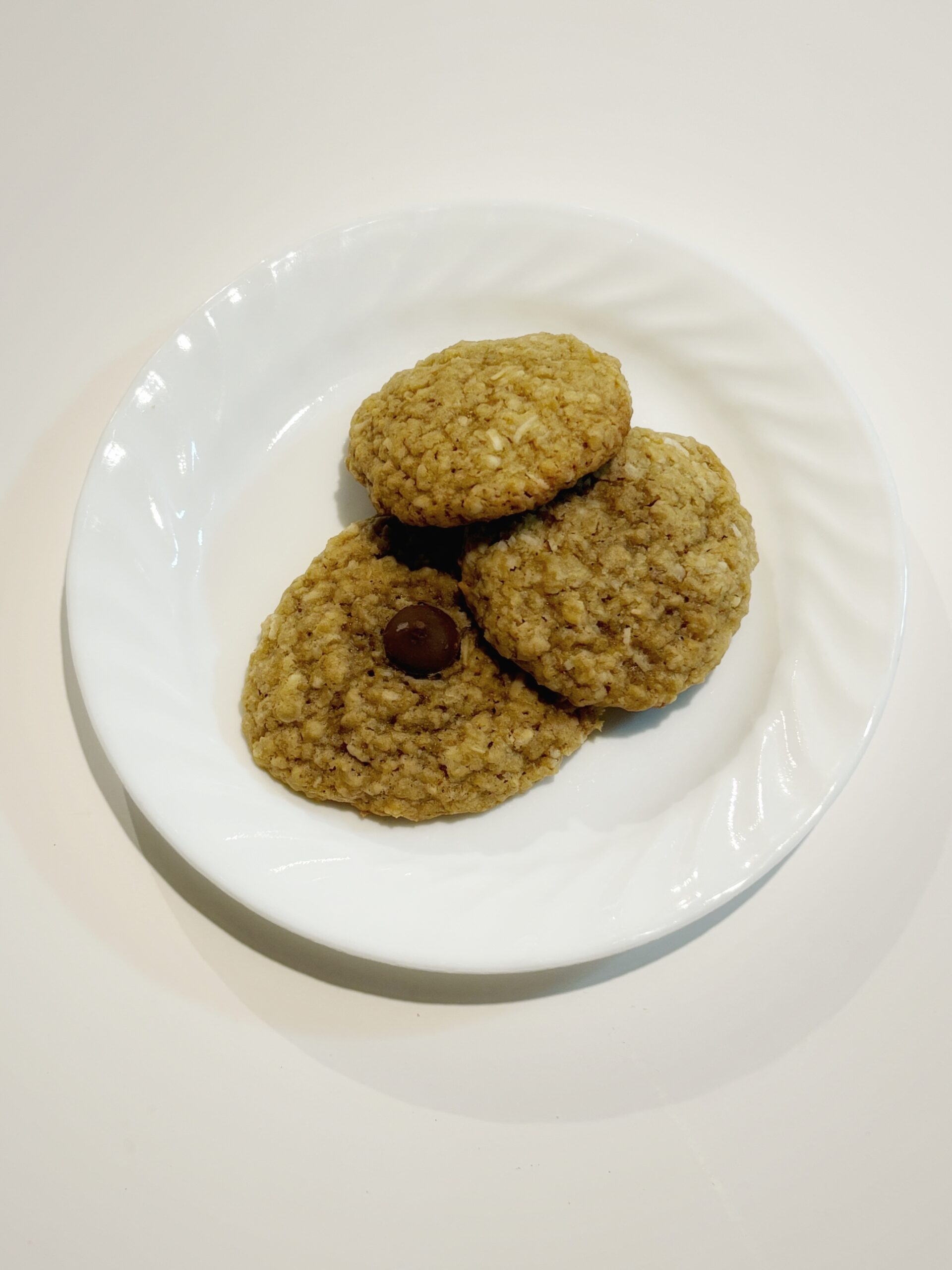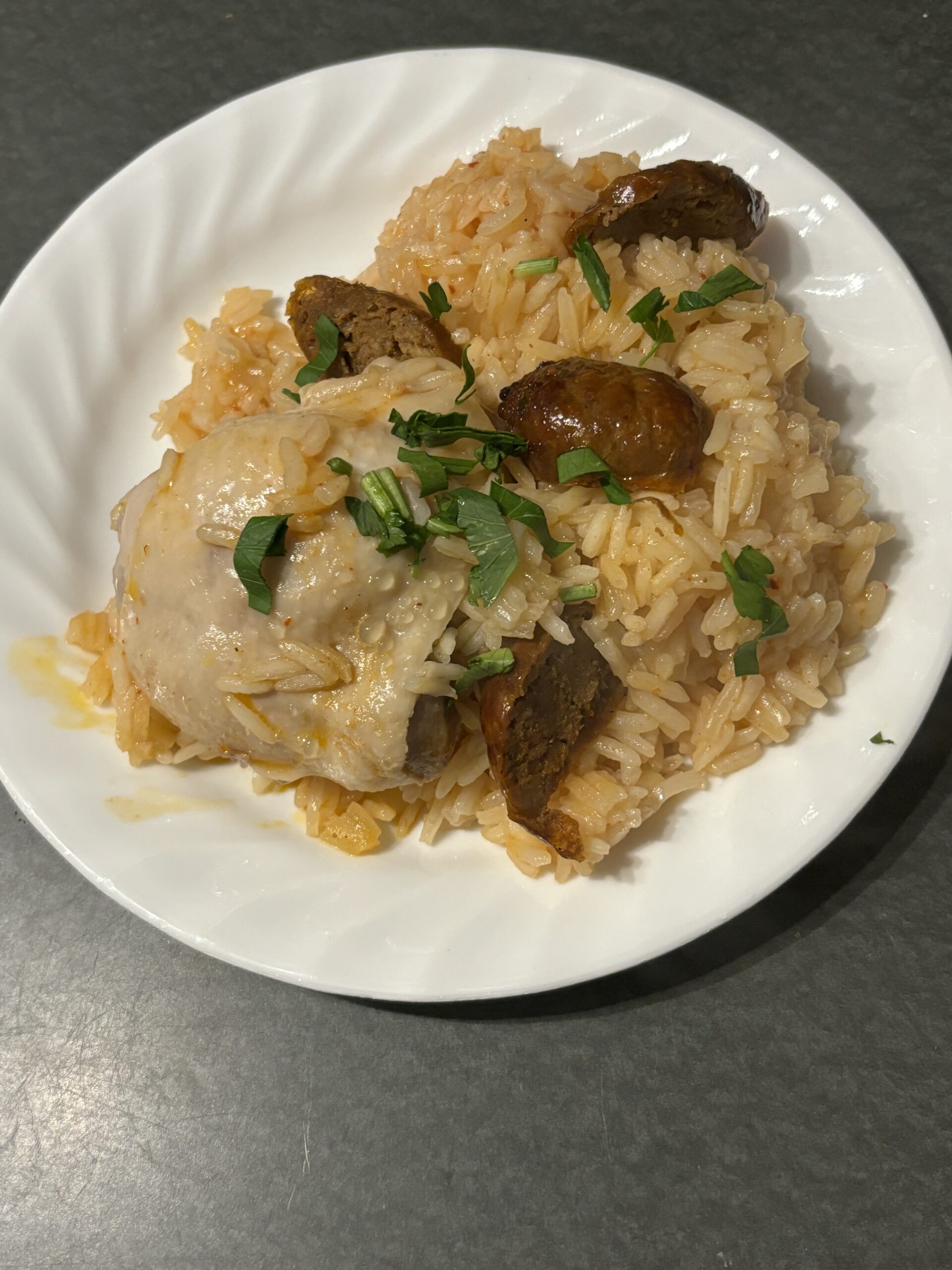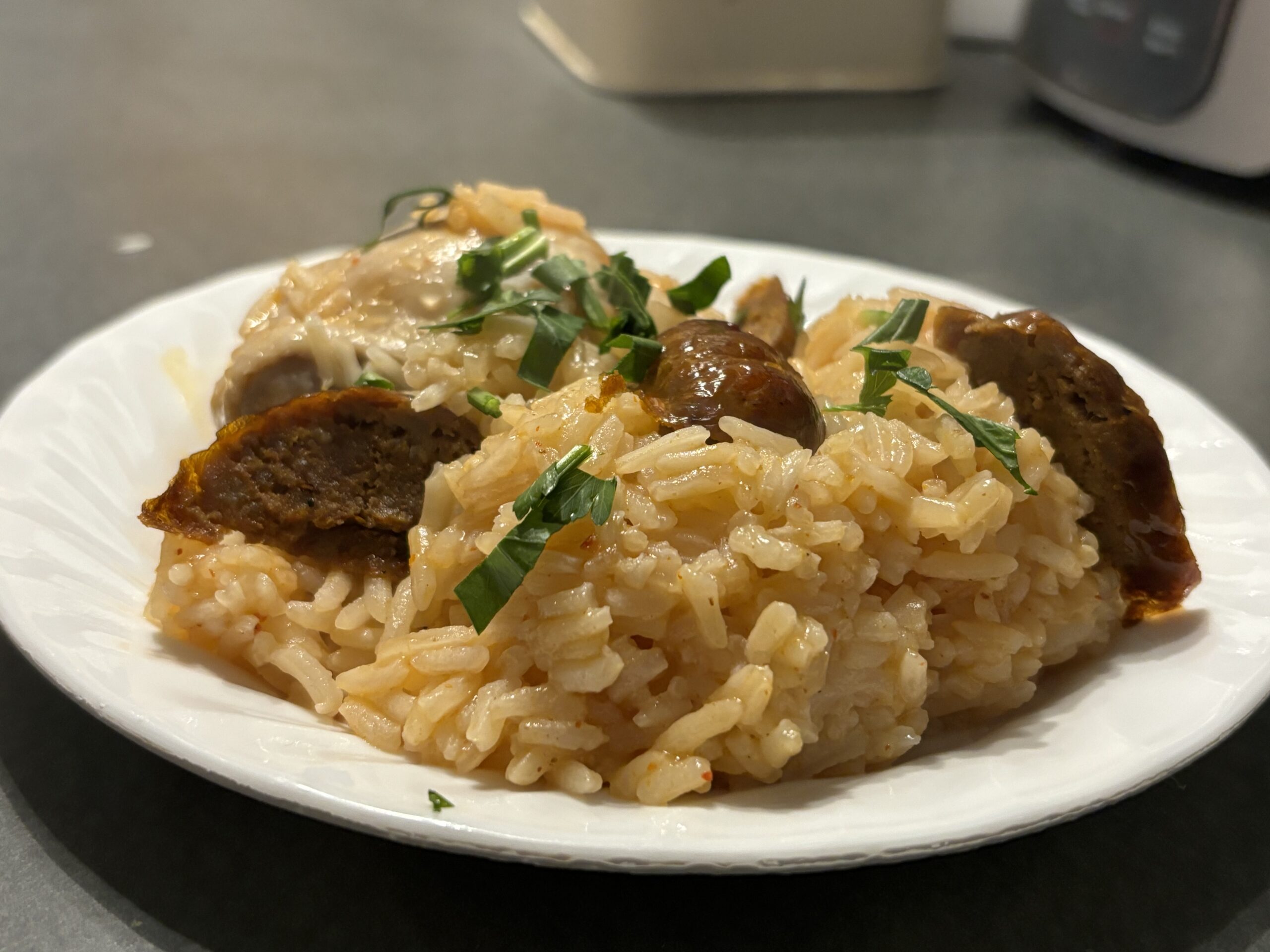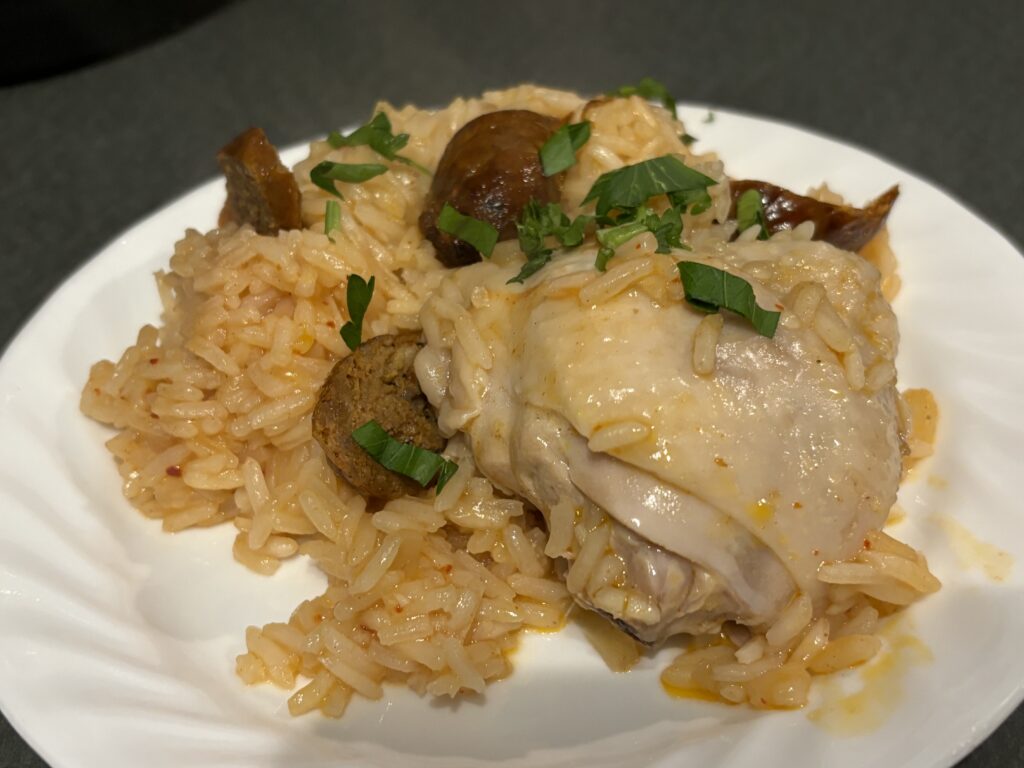
Do you ever feel like the mainstream conversation around youth mental health misses the mark?
Mental health has become a bit of a cultural cliché in some circles because of how frequently it’s discussed in mainstream culture, often in oversimplified or superficial ways. Social media, in particular, has contributed to this by turning complex issues into bite-sized, shareable content—memes, hashtags, and generic self-care tips that sometimes lack real depth. Brands and influencers have also commercialized the topic, making it feel more like a marketing tool than a genuine effort to raise awareness or provide support. Sometimes, it creates more victims than conquerers.
Instead of diving into the nuances of mental health struggles, the conversation can sometimes feel superficial and repetitive. They’re often focused on trendy buzzwords like “self-care,” and “boundaries,” and without addressing the harder, messier realities of living with mental health challenges or loving someone who does. And when everything is on fire, we want – we need – some honesty and connection. We don’t just need ‘a relaxing bath’, I can assure you. Such platitudes are unconstructive to someone who feels like they are carrying the weight of the world on their, and their kids’, shoulders. Things are different for us.
The profundity of grief in parenting around youth mental health challenges is an experience that brings sadness and emotional turmoil for the whole family unit. Watching your child struggle, knowing they are in pain, and feeling utterly powerless is a pain no parent should have to endure. And the toll it can take on siblings is significant. For parents, this journey is not just about managing their condition but also about navigating the rollercoaster of emotions that come with it.
The Guilt That Never Leaves
One of the hardest things about poor youth mental health is the personal guilt that comes from feeling responsible. It’s a persistent, nagging voice that whispers, “Am I responsible for this?” “Did I do enough to prevent this?” “Could I have done something differently?” The crushing weight of responsibility is something I carry daily, even when I know deep down that I’m doing my best. After all, I did start getting him professional help at 4. Finding a balance between self-compassion and accountability is an ongoing struggle—acknowledging mistakes while also recognizing that we’re only human.
The Resentment That Lingers
The frustration that comes with realizing that my child’s condition is here to stay can feel suffocating at times. No amount of therapy, medication, or lifestyle changes can completely erase it. Not to mention the unfairness of it all—”Why us? Why doesn’t anyone else have these problems?”
When my son was young and we were struggling, I remember my father telling me about the nice girl up the street with four little kids. “She doesn’t have any problems, why do you? Your kids look fine to me.” If all you had to do was look fine to be fine, we’d all be a lot further along.
Deep breath.
It took me a while to stop ruminating about it, and I would feel resentment watching other mothers navigate life with what seemed like ease and even grace. It’s a constant effort to reframe my perspective, to remind myself that everyone’s struggles are different, and comparison only leads to more pain.
Compassion in the Eye of the Storm
Youth mental health problems often manifest in ways that can be incredibly challenging to cope with as a parent. There are moments when my child lashes out, saying things they don’t mean, acting in ways that aren’t ‘them.’ It’s heartbreaking to witness, but even harder to remember that it’s the illness speaking, not my child. The challenge is separating their true self from the behaviors driven by their condition. Practicing patience and understanding in the face of anger, defiance, and frustration is exhausting, and sometimes I fail. Sometimes I don’t. Sometimes it breaks me.
Loneliness and Betrayal
Parenting a child with mental health challenges can be incredibly isolating. Plans get canceled, friendships fade, and much of the support system you once relied on begins to shrink. The ultimate betrayal is by people whom you thought were your ride-or-die family, and it is hard to digest. When the going gets tough, the tough get going – right out the fucking door and out of your life, I guess.
And then there’s the judgment—the looks, the unsolicited parenting advice, the whispers behind your back. It’s painful to realize that your parenting is being judged and misunderstood, often by those closest to you. Over time, I’ve learned to let go of relationships that make me feel bad about my life, my parenting, or myself. I made the decision to surround myself with people who truly understand and support me, even if I’d often be alone. It’s important to me that I’m given the benefit of the doubt when my parenting doesn’t look like theirs does.
Finding Purpose
Despite the hardships, I know deep down that I was chosen for this job. There’s an undeniable sense of purpose in being my child’s unwavering support system. Love, for me, is showing up every day, no matter how hard it gets. I find strength in the small victories—the days when my child smiles, when he opens up, when he is at ease. When this happens I get to see the real beauty of his smart, funny, caring heart. It’s in these moments that I realize I wouldn’t trade this journey for anything. My commitment is unshakable, and I hold onto the hope that with the loving support of family, my child will find their way to a life of meaning and depth. I have deep gratitude for the opportunity to be there when he needs me.
Conclusion
This is a journey that isn’t easy or pretty, isn’t always pretty, but it’s a path worth trying to walk with love and resilience for. I don’t ever want to look back and see times when I didn’t step up for my kids in every way possible. To other parents going through similar struggles, I see you. I understand your pain, your exhaustion, and your unwavering love. We were meant for this, even when it’s hard.
If you or someone you know is in crisis, dial 9-8-8 in Canada to be connected to a trained mental health support worker.




